Here are 10 suggestions on choosing the right foods for your emergency food storage:
1. Non-Perishable is the Name of the Game:
When we talk about non-perishable foods, we mean items that won’t spoil or go bad easily. During an emergency, you may not have the luxury of refrigeration, so you need foods that can sit on your pantry shelf or in your emergency kit for an extended period without deteriorating.
For example, each of these food items come in #10 cans for long term storage, and there is a wide variety of items across all of the food groups. Vacuum-sealed packages and other canned goods are also excellent choices. These can last for years (check best before/expiry dates), ensuring your family has sustenance when you need it most.
Freeze dried vs dehydrated – see this article to learn more about the difference and pro’s and con’s.
2. Nutrition Matters:
Emergency situations can be physically demanding and stressful. That’s why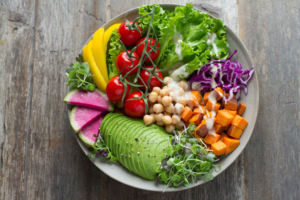 it’s important to stock foods that provide essential nutrients to keep your energy levels up and maintain overall health.
it’s important to stock foods that provide essential nutrients to keep your energy levels up and maintain overall health.
Take a look at Canada’s Food Guide for specific recommendations. Just remember in your planning that living off protein bars alone may not have a wide enough variety of nutrients to be physically healthy.
Nutrition by definition is a fundamental aspect of human physiology and plays a critical role in maintaining and optimizing health throughout life . What does that mean? We need balanced nutrition to grow, to feel and be healthy, and to prevent (for some people) being “hangry”.
PRO TIP: Consider including vitamin and mineral supplements to ensure you’re meeting your nutritional needs, especially if the emergency situation lasts an extended period.
3. Balanced Diet, Even in a Crisis:
Balance may vary depending on individual dietary needs, age, activity level, and health goals. Consider these elements in your individual planning:
-
- Fruits and Vegetables
- Protein Source
- Grains
- Dairy or Dairy Alternatives
- Healthy Fats
- Moderate Sugars and Sweets
- Portion Control
- Hydration
- Limit Processed Foods (a couple boxes of crackers is great, just not too many)
- Moderation and Variety
You might be tempted to focus on stocking up on one type of food to simplify your emergency food storage, but that’s not ideal. Just as in everyday life, you need a balanced diet in emergencies too. Aim for variety in your emergency food stash.
Fruits, vegetables, and meats can contribute to a balanced diet. Grains like rice, pasta, and oats provide carbohydrates for energy. Breaking this down, consider your normal meal plan / eating style and store what you eat now, just in a format that has a longer shelf life.
4. Consider Dietary Needs:
It’s essential to take into account the dietary needs of everyone in your household.
-
- Vegetarians/vegans: make sure to stock up on plant-based proteins like canned beans and nuts.
- Gluten-free: as a mother of a celiac, I factor in the cookware, the food, the cross contamination possibilities, etc.
- Infants: need to have an adequate supply of formula and baby food.
- Pets: they also have dietary needs. Store their food and water, as well as any necessary medications or supplies (like kitty litter or baggies).
- Peanut allergy: on top of storing peanut free foods, consider having an epi-pen available.
- Canada recognizes these allergens: eggs, milk, mustard, peanuts, fish, sesame seeds, soy, tree nuts, wheat. Check labels of food in your storage should any apply to your household.

5. Variety is the Spice of (Emergency) Life:
Eating the same thing every day, even in an emergency, can become monotonous and affect morale. To keep spirits high, aim to diversify your food choices. Have different types of fruits, vegetables, and meats in your inventory. Rotate through various grains. This variety can make mealtime feel less like a chore and more like a comforting ritual.
Of course literally having spices to spice it up helps, or consider pre-made meals (like these Backpackers Pantry meals), or freezer meals (assuming this particular emergency leaves you with power).
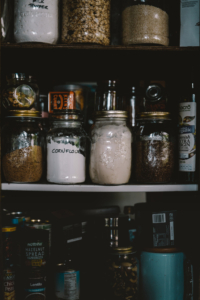
6. Don’t Forget the Basics:
While we often focus on the “exciting” goods, don’t neglect the basics. Salt, sugar, and cooking oil are essential for seasoning, flavor, and cooking your emergency meals. They’re often overlooked but can make a significant difference in the taste and quality of your emergency dishes.
I recommend having an extra on top of the one you currently use. Personally, in our home we go through 1 box of baking soda a year, so I am not going to store 6 of them, however I do keep 2 in my home at all times. No one likes to be baking and run out of an ingredient right? Basics by definition also have the amazing ability of you being able to create super basic easy and quick foods from just a few ingredients – think bannock or crackers with honey on top. Super easy, super yummy.
8. Comfort Foods:
In times of crisis, a familiar taste from a favorite snack or treat can provide a much-needed emotional boost. Including a few comfort foods, like a bar of chocolate, a pack of cookies, or some chips, can make a world of difference when spirits are low. It’s not just about sustenance; it’s about maintaining a sense of normalcy and comfort.
What this means is that your “secret stash” also doubles as an emergency food storage! Gummy type items often have the longest shelf life in this category. Chocolate bar – maybe 18 months and the chocolate starts to turn. Chips – 6 to 8 months max before they are stale.
9. Long Shelf Life:
The goal in building an emergency food supply is to have it last for an extended period. Check the expiration dates on food items and opt for those with the longest shelf life. Properly stored, many canned and dried goods can remain safe and nutritious for several years, at Briden Solutions some of our products have a 30 years + (sealed) shelf life! Keep an eye on your inventory and rotate items to ensure nothing goes to waste.
10. Consider Individual and Family Needs:
Your emergency food storage should cater to the specific needs of your household. Take into account dietary restrictions, allergies, and preferences. If someone in your family has dietary restrictions or allergies, you need to be extra cautious and read labels carefully. Ensure you have alternatives that cater to their needs.
In summary, choosing the right foods for your emergency food storage isn’t just about filling your shelves; it’s about thoughtful planning to ensure your family’s well-being during challenging times. By selecting non-perishable, nutritionally balanced, and varied foods that meet the dietary needs of your household, you’re taking a proactive step in being prepared for whatever emergencies life may bring your way.
If you have questions about how to create a food storage plan or how much your family needs, give us a call or email BridenAcademy@bridensolutions.ca we are happy to help!



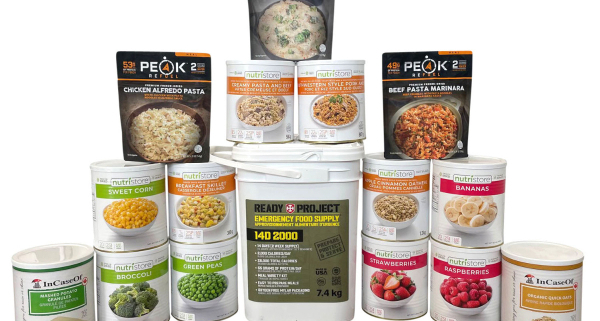
 it’s important to stock foods that provide essential nutrients to keep your energy levels up and maintain overall health.
it’s important to stock foods that provide essential nutrients to keep your energy levels up and maintain overall health.

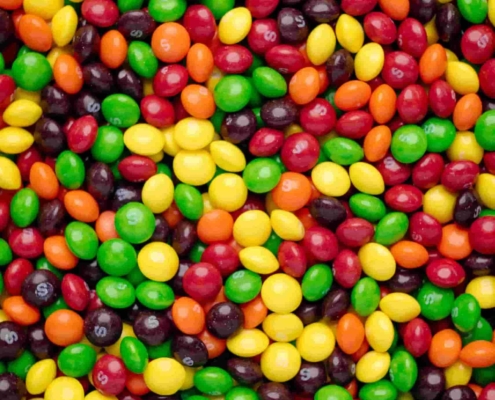


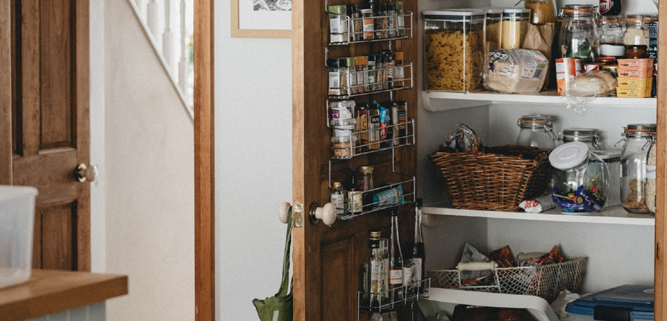

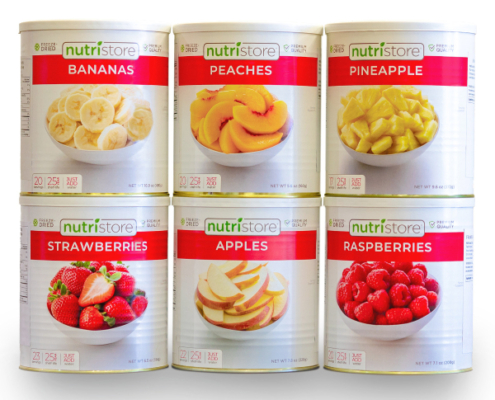
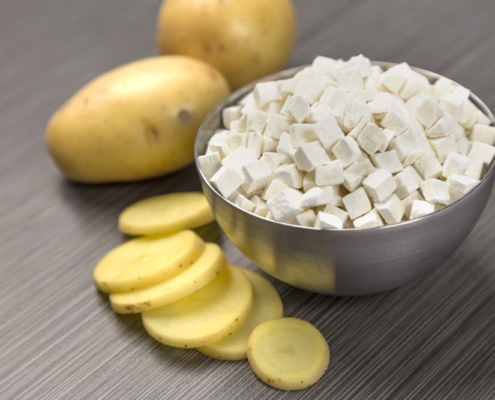
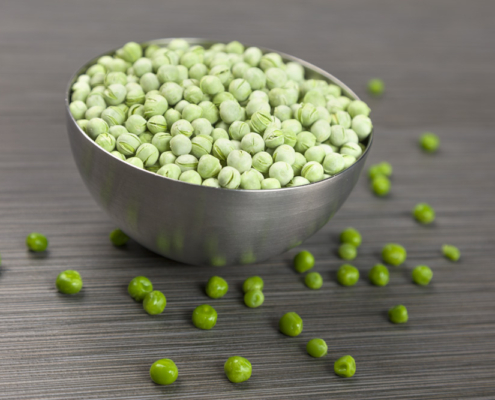
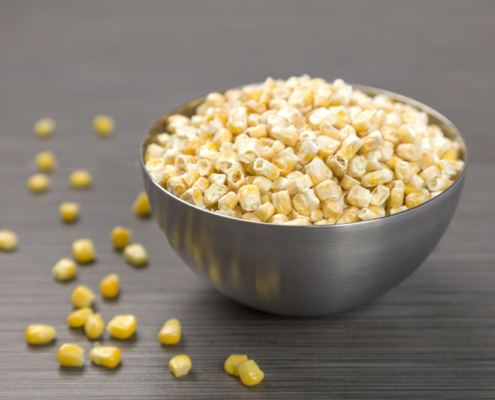
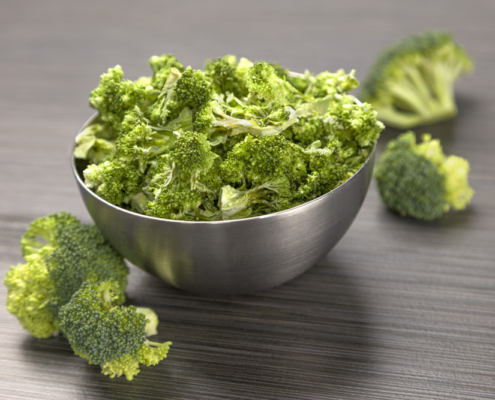
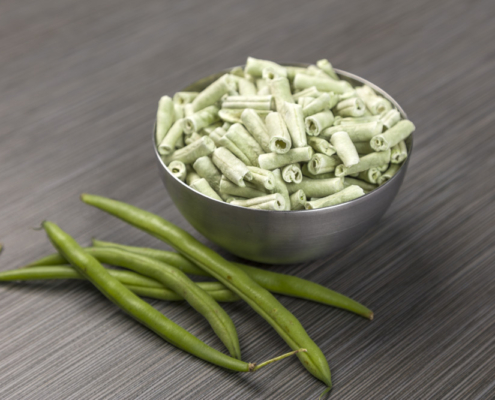
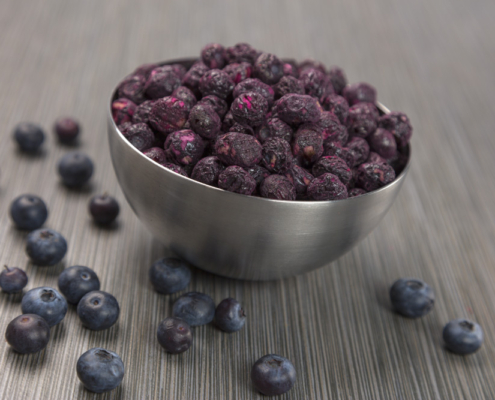
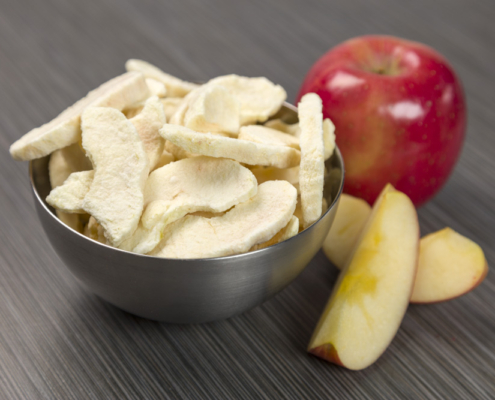
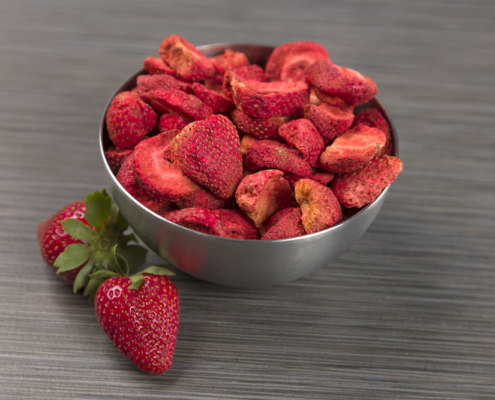

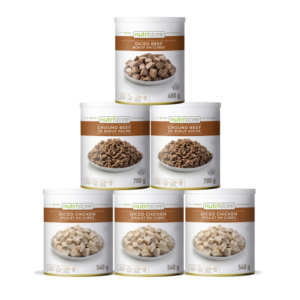
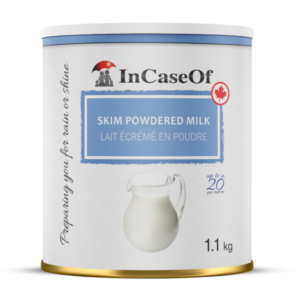 hand! There are so many times when we run out of fresh milk and its not convenient to make a quick run to the grocery store. Powdered milk has a 20 year sealed shelf life. So it will always be there, ready when you need it.
hand! There are so many times when we run out of fresh milk and its not convenient to make a quick run to the grocery store. Powdered milk has a 20 year sealed shelf life. So it will always be there, ready when you need it.

